Fully Fund Yourself for Graduate School: How Camilla Price Won the NSF GRFP Grant
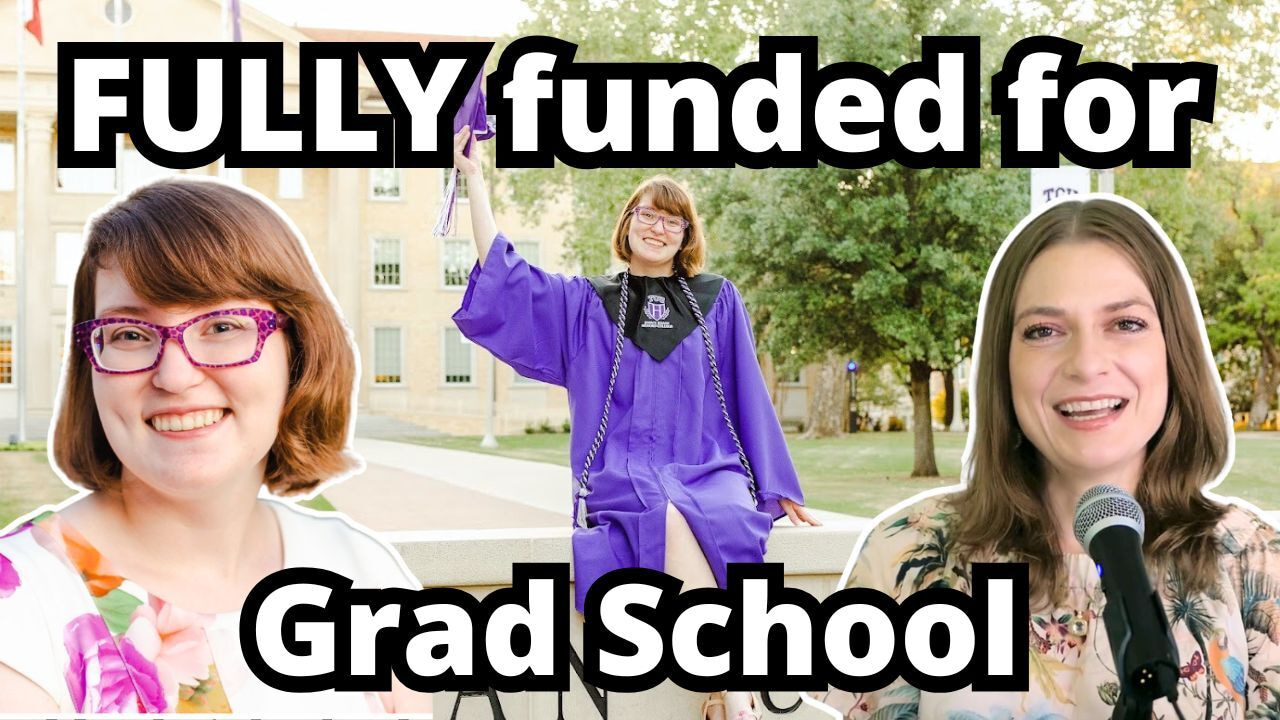
Today’s podcast episode idea was inspired by an incredible success that I recently discovered from one of my students that I know you’ll be interested in. This episode is highly relevant if you want to go into wildlife careers, especially graduate school, but the lessons that you’ll learn from my student’s experience apply to ANY situation. You’ll learn a winning process that I regularly use with my students that will get you results. In her case, it was an extremely prestigious grant that enabled her to go to basically any graduate school in the US!
Listen here: https://stephanieschuttler.com/135-camilla-price/ or Apple, Spotify, or YouTube podcasts:
You see, I was recently on LinkedIn and happened to notice that one of my former students, Camilla Price, is now going to graduate school. I was so excited for her and ready to congratulate her, when I noticed something even more exciting: that she was the recipient of a prestigious National Science Foundation Graduate Research Fellowship (GRFP) grant. But even more exciting than this…she was the recipient after applying to the grant just one time and without having an established advisor to work with. Keep reading to understand why this is such a big deal…
The NSF GRFP grant is a super competitive grant and a HUGE honor. I’ve known people who’ve received the grant and I was even awarded an honorable mention myself when I applied, but I didn’t know anyone who got it BEFORE they started working with an advisor in graduate school, meaning that they did it all on their own!
I cannot emphasize enough what a big deal this is for aspiring students wanting to go to graduate school: if you get it, you can go pretty much wherever you want for graduate school. You have your choice! This NSF grant provides all of your funding and a lack of funding is one of the biggest reasons why so many people seeking to go to graduate school can’t get in. They approach potential graduate advisors and even if the advisors are interested in having another student, if they don’t have the funding, then they can’t take on that student for a Master’s or Ph.D. This was a problem that Camilla was facing.
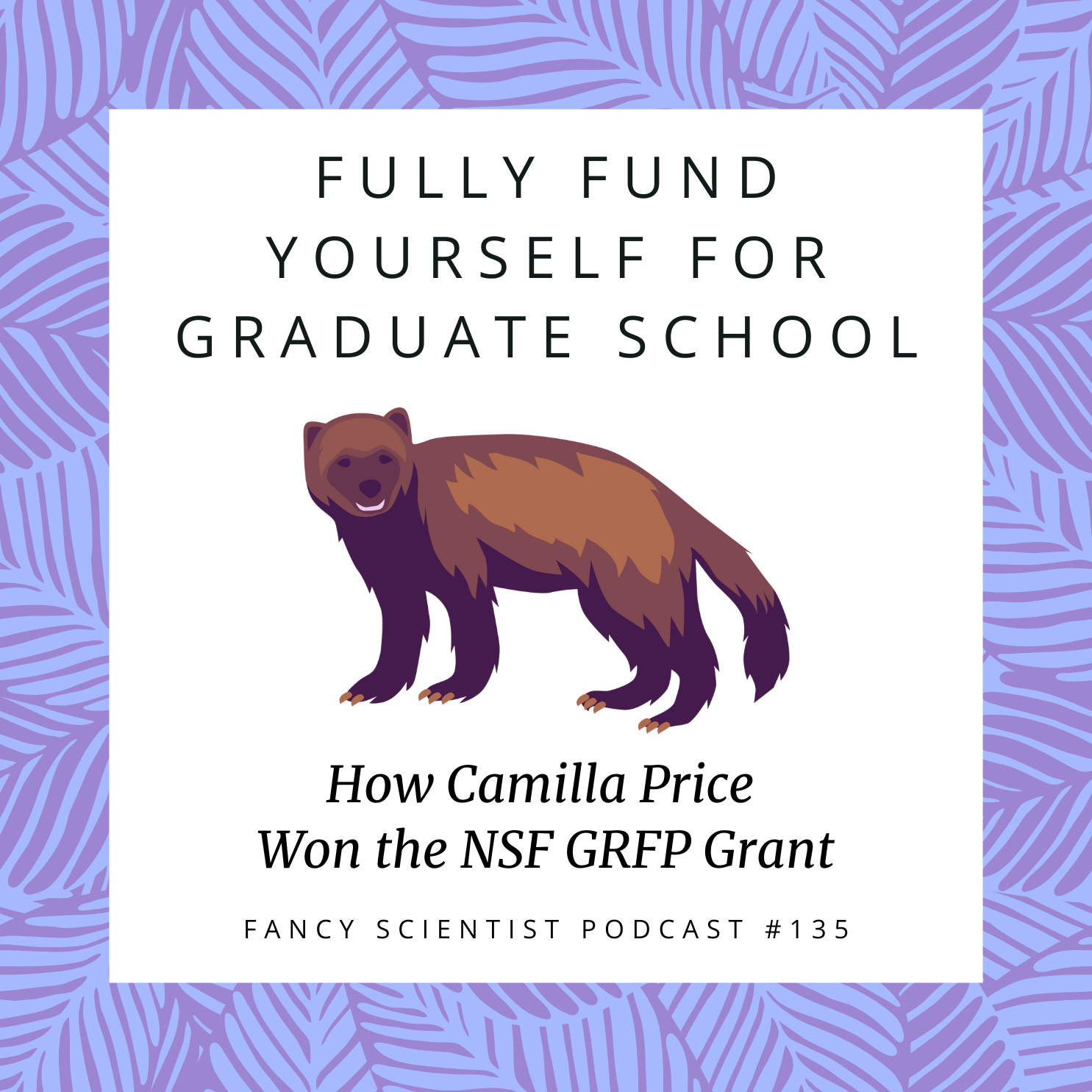
I was so excited for Camilla – the last we had talked, Camilla had been trying to get into graduate school for a year or more. And I was super intrigued by how she went about writing the NSF GRFP. When I wrote my grant applications, I knew the advisor I would be working with and I had a specific Ph.D. project in mind. Without having a specific advisor to work with and therefore a lab and research area to focus on, how did she know what to write about? How did she do this all on her own? Without the help of an advisor to give her feedback and guidance?
So many of my followers and students are interested in going to graduate school, and when you listen to Camilla’s tips and tricks, you’ll learn a ton from this episode. Even if you’re not ready to go to graduate school, if you’re looking to get into a wildlife career, you’re going to benefit a lot. And if you’re not interested in wildlife careers, that’s okay too – there’s still so much you can learn from Camilla’s approach to receiving this grant. The strategy that she used is something that I teach in my Successful Wildlife Professional Program: start with the end in mind and work backwards.
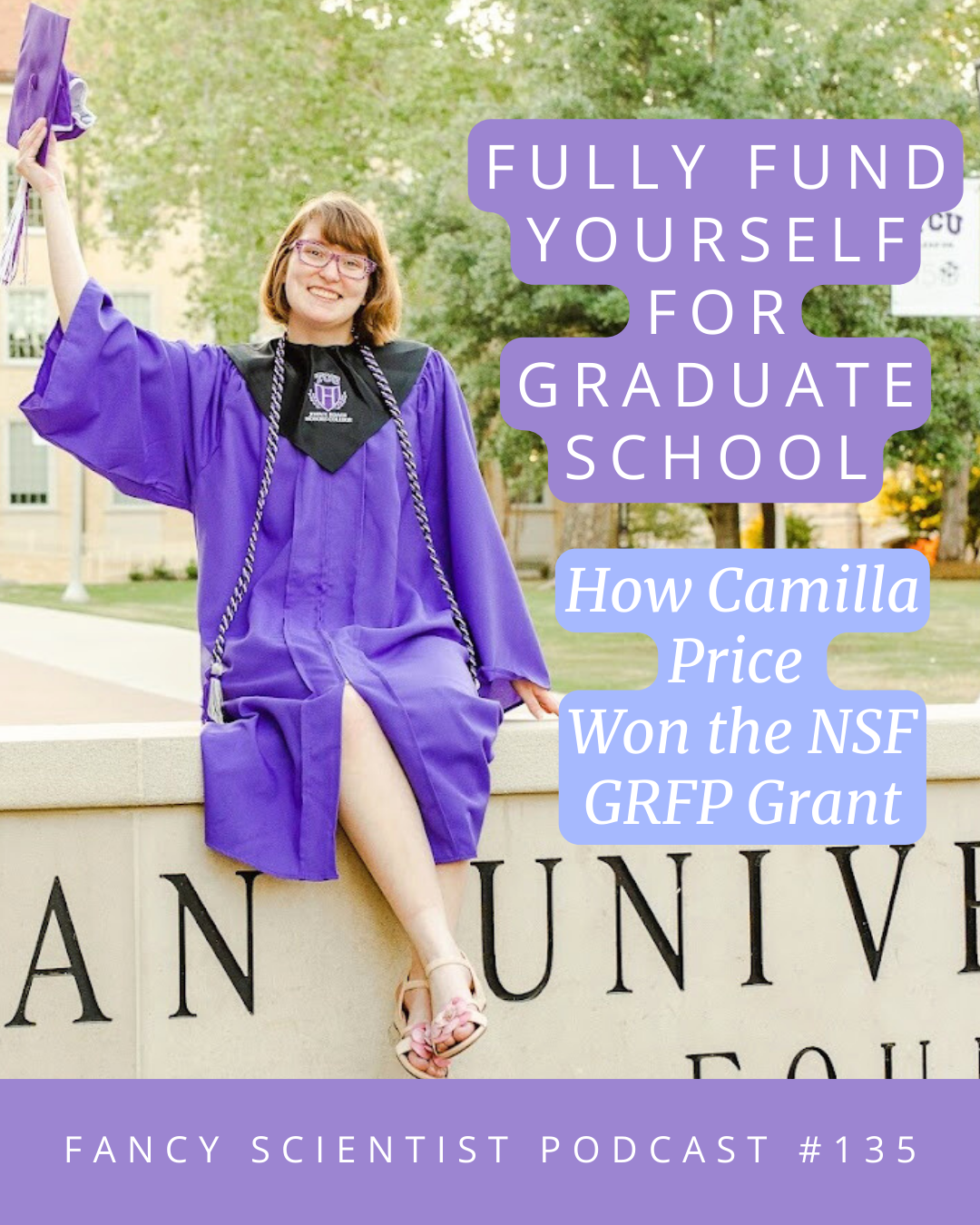
Tune in and hear about the strategies Camilla used in order to pick the graduate school of her dreams, and learn about how she settled upon the University of Colorado and chose to study wolverines. Along with Camilla’s advice, I offer some additional tips and key takeaways to really solidify those points, no matter where you are in your career and what you’re going for. These tips work!
Specifically, I go over:
- Camilla’s journey as an early-career professional
- What the the NSF Graduate Research Fellowship Program is and why you should apply before you go to graduate school and even when you get in
- The components of a NSF GRFP proposal and what it’s like to write one
- Camilla’s entire process for creating her research proposal: from concept to submitting
- Strategies for creating a strong proposal
- The importance of networking and how Camilla used it to help her write the strongest proposal possible
- The difference between Broader Impacts and Intellectual Merit: what they are and why they are important in all NSF proposals
- and MORE!

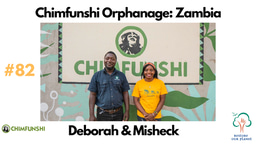
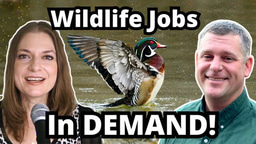
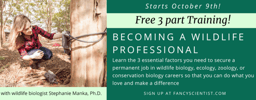
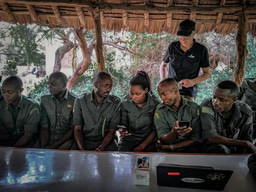
Please sign in or register for FREE
If you are a registered user on WildHub, please sign in